Meniscal Tears & Injuries
A knee cartilage injury that may cause pain, swelling, and limited movement, often affecting your ability to walk, twist, or kneel.
Meniscal tears are one of the most common knee injuries, particularly among athletes involved in sports that require twisting, pivoting, or sudden changes in direction. The meniscus is a crucial component of the knee joint, acting as a shock absorber and stabiliser. Understanding the nature of meniscal tears, their symptoms, diagnosis, and treatment options is essential for effective management and recovery.
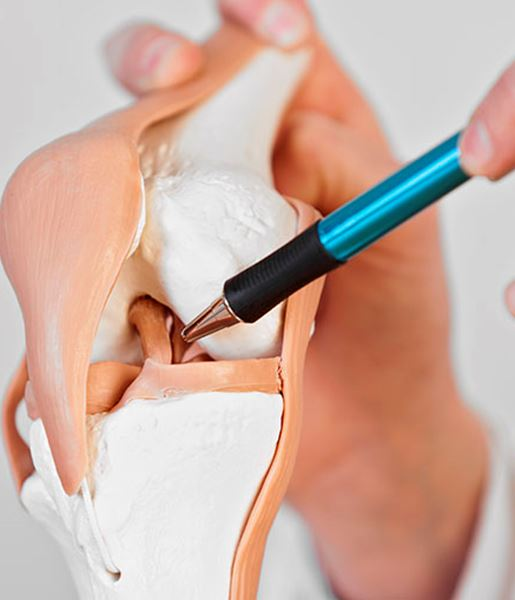
WHAT IS THE MENISCUS?

The meniscus is a vital structure in your knee joint, made of strong, rubbery cartilage that acts as a natural cushion between the thigh bone (femur) and shin bone (tibia). Each knee contains two menisci:
The medial meniscus, located on the inner side of the knee
The lateral meniscus, located on the outer side
These crescent-shaped discs serve several important functions that help protect your knee and support everyday movement:
Shock absorption: The menisci absorb the impact that occurs during activities like walking, running, or jumping, helping to reduce stress on the joint surfaces.
Weight distribution: They help evenly distribute body weight across the knee, which protects the underlying cartilage from excessive wear.
Joint stability: By improving how the bones in the knee fit together, the menisci contribute to the overall stability of the joint, particularly during twisting or pivoting movements.
Joint lubrication and nutrition: The menisci assist in spreading synovial fluid, which lubricates the knee and helps nourish the joint cartilage..
Damage to the meniscus, often from injury or age-related degeneration, can affect how your knee moves and feels. A torn meniscus can lead to pain, swelling, instability, or catching and locking sensations within the joint. If left untreated, meniscal injuries may increase the risk of developing arthritis in the knee over time.
WHAT IS A MENISCAL TEAR?
A meniscal tear is a common injury involving the cartilage in your knee joint. The meniscus is a C-shaped piece of cartilage that cushions and stabilises the knee by acting as a shock absorber between the thigh bone (femur) and shin bone (tibia). Each knee has two menisci – one on the inner side (medial meniscus) and one on the outer side (lateral meniscus).
A tear occurs when this cartilage is damaged, often due to twisting or pivoting movements during sports or physical activity. Meniscal tears can also develop gradually over time as the cartilage becomes weaker with age. In some cases, even a minor movement like standing up from a squatting position can cause a tear in a degenerated meniscus.
There are several types of meniscal tears, and they are often classified by their shape and location. These may include horizontal, vertical, radial, flap, or complex tears. The size and pattern of the tear, along with its location within the meniscus, help determine the best treatment approach.
Meniscal tears can range from mild to severe and may cause symptoms such as:
- Pain in the knee joint, particularly when twisting or rotating
- Swelling and stiffness
- A catching or locking sensation
- Difficulty fully straightening the knee
A feeling that the knee might give way
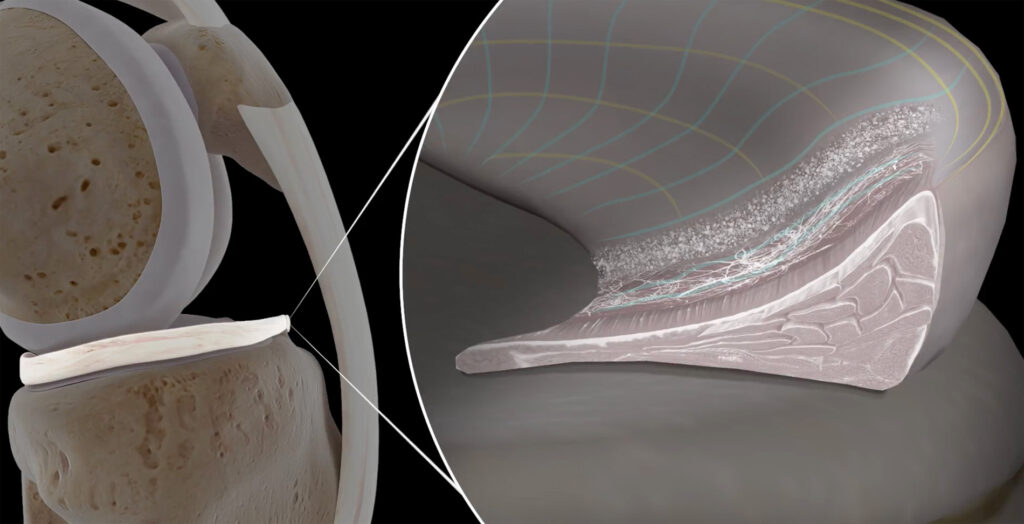
TYPES OF MENISCAL TEARS
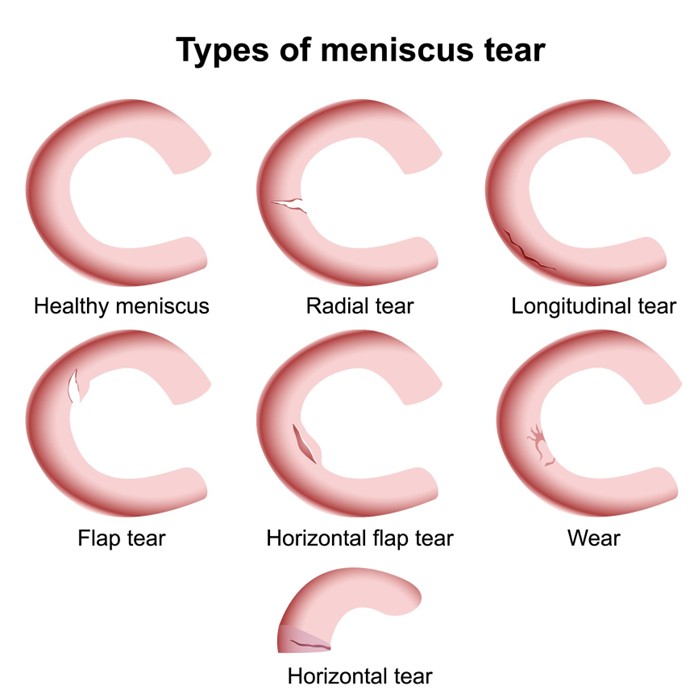
A meniscal tear occurs when the cartilage in the knee is damaged, either through a sudden injury or gradual degeneration. Tears can vary in type and severity, ranging from minor frays to complete splits:
- Radial Tears: Occur along the thin inner edge of the meniscus.
- Horizontal Tears: Run parallel to the tibial plateau, often dividing the meniscus into top and bottom halves.
- Bucket Handle Tears: A large, displaced tear that can cause the meniscus to flip over and block the knee joint.
- Flap Tears: Cause a loose fragment that can catch in the knee joint.
- Complex Tears: Involve multiple patterns of tearing in the same meniscus.
CAUSES OF MENISCAL TEARS
Meniscal tears can result from both acute injuries and degenerative changes:
- Acute Injuries: Often caused by twisting or turning quickly, usually with the foot planted while the knee is bent. Common in sports like soccer, basketball, and rugby.
- Degenerative Changes: Occur over time due to wear and tear, often seen in older adults. These tears can result from minor events, such as getting up from a squatting position.
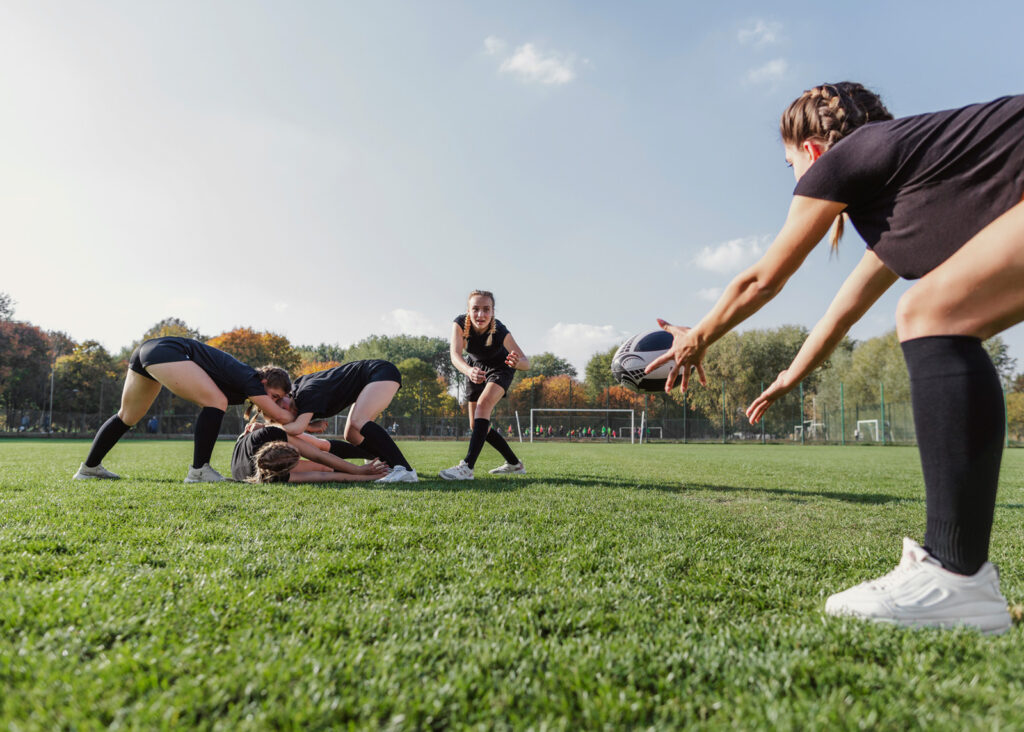
SYMPTOMS OF MENISCAL TEARS
The symptoms of a meniscal tear can vary depending on the type and severity, but common signs include:
- Pain: Localised pain in the knee, often along the joint line.
- Swelling: Swelling and stiffness within a few hours of injury.
- Locking: A sensation of the knee locking or catching.
- Instability: Feeling of the knee giving way.
- Reduced Range of Motion: Difficulty in fully bending or straightening the knee.
HOW IS A MENISCAL TEAR DIAGNOSED?
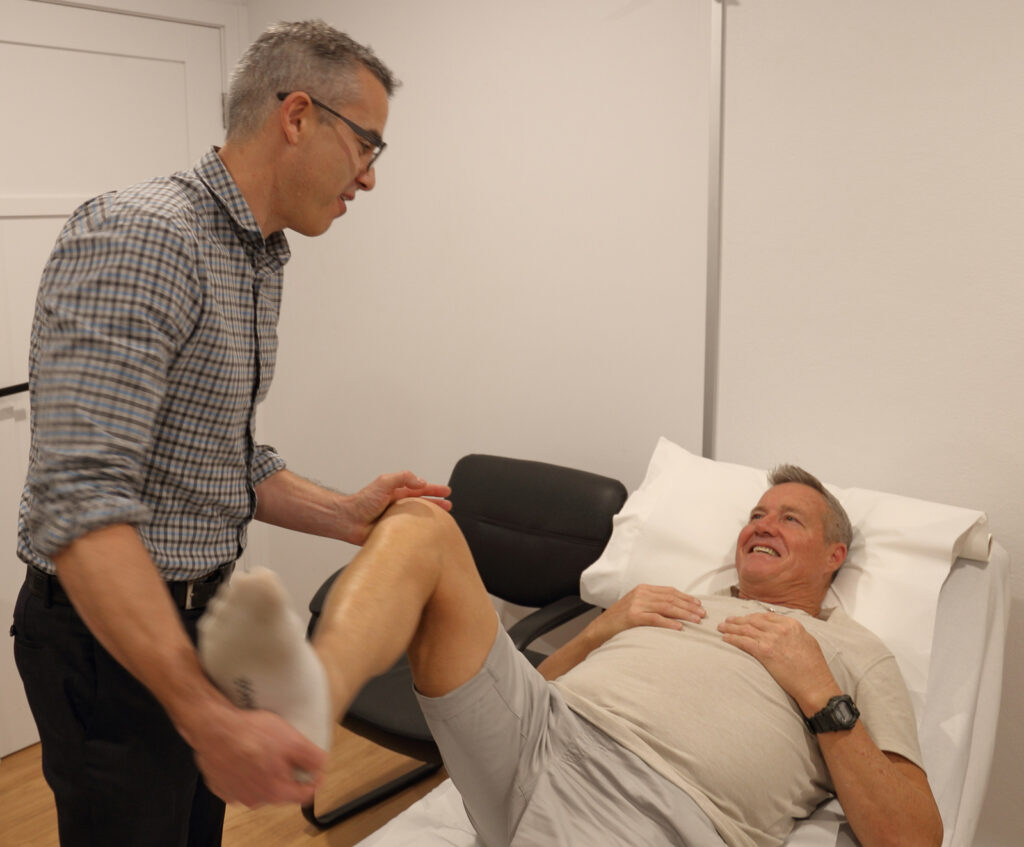
Diagnosing a meniscal tear involves a combination of medical history, physical examination, and imaging tests:
- Medical History: Dr Martin will ask about the injury event, symptoms, and any previous knee issues.
- Physical Examination: Includes tests such as the McMurray test and Apley grind test to identify meniscal damage.
Imaging Tests:
- MRI (Magnetic Resonance Imaging): Provides detailed images of the meniscus and surrounding structures to confirm the tear’s presence and extent.
- X-rays: Used to rule out other potential causes of knee pain, such as fractures or arthritis.
MENISCAL TEAR TREATMENT OPTIONS
Treatment for meniscal tears can be either non-surgical or surgical, depending on the tear’s type, location, and severity, as well as the patient’s activity level and overall health.
Non-Surgical Treatment:
- RICE: Rest, ice, compression, and elevation to reduce pain and swelling.
- Medications: NSAIDs to relieve pain and reduce inflammation.
- Physiotherapy: Exercises to strengthen the muscles around the knee, improve stability, and restore range of motion.
- Bracing: Wearing a knee brace to provide additional support.
- Arthroscopic Surgery: Minimally invasive procedure where Dr Martin uses a small camera and instruments to trim or repair the torn meniscus.
- Meniscectomy: Removal of the damaged portion of the meniscus.
- Meniscal Repair: Suturing the torn edges together, suitable for tears in the vascular part of the meniscus where healing is possible
Not all meniscal tears require surgery. Treatment options depend on factors such as your symptoms, activity level, age, and whether other structures in the knee are also affected. Dr Sam Martin will assess your condition and help you understand the best course of action – whether that involves physiotherapy, activity modification, or surgical repair if needed..
